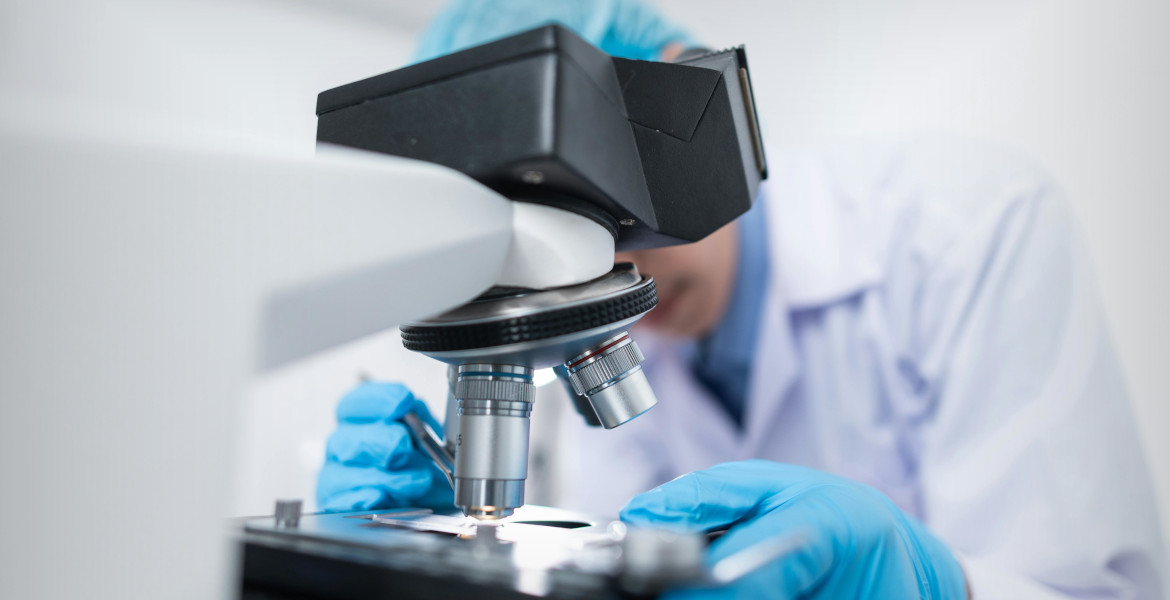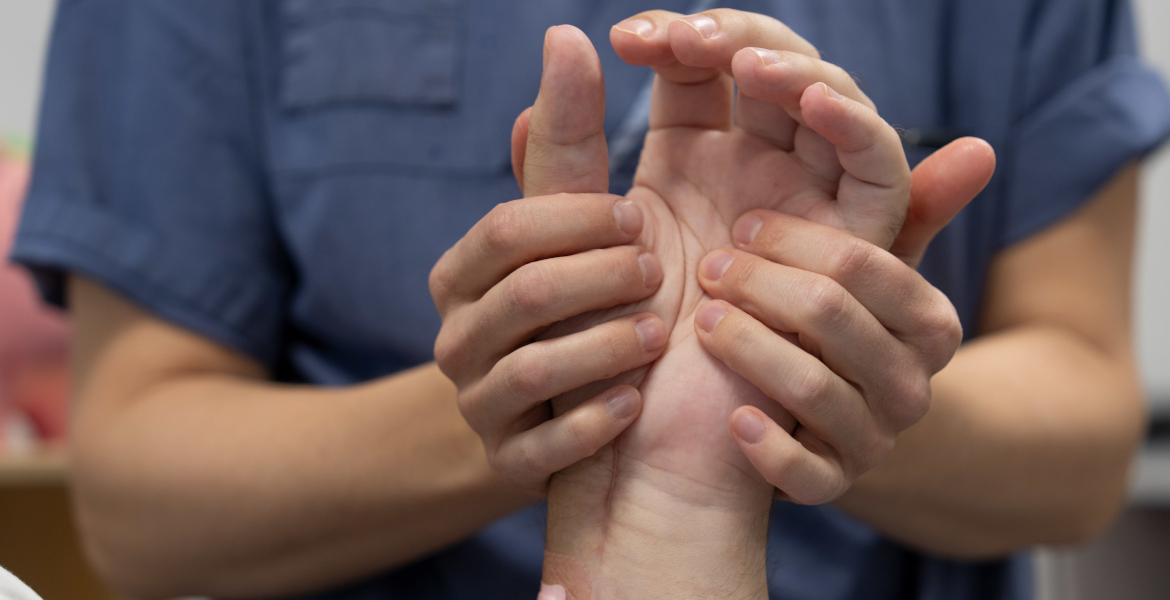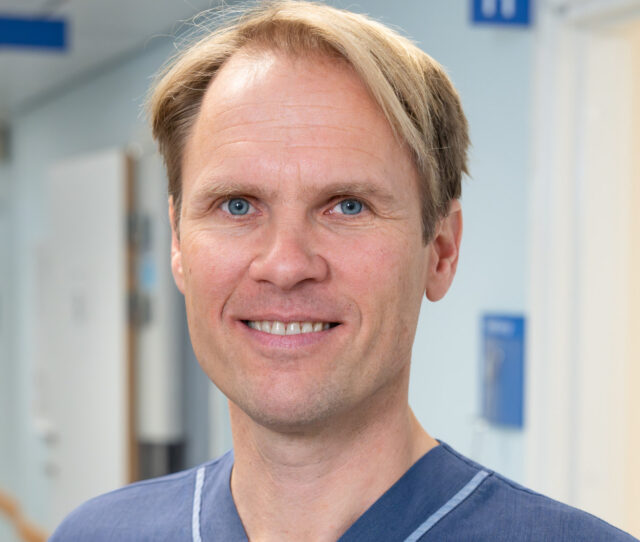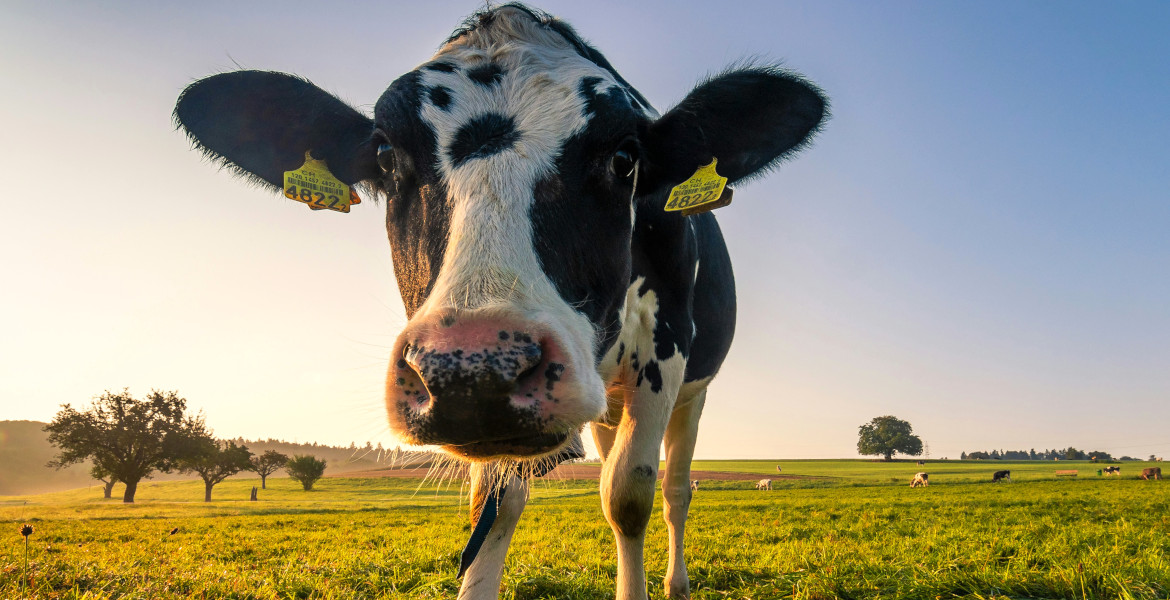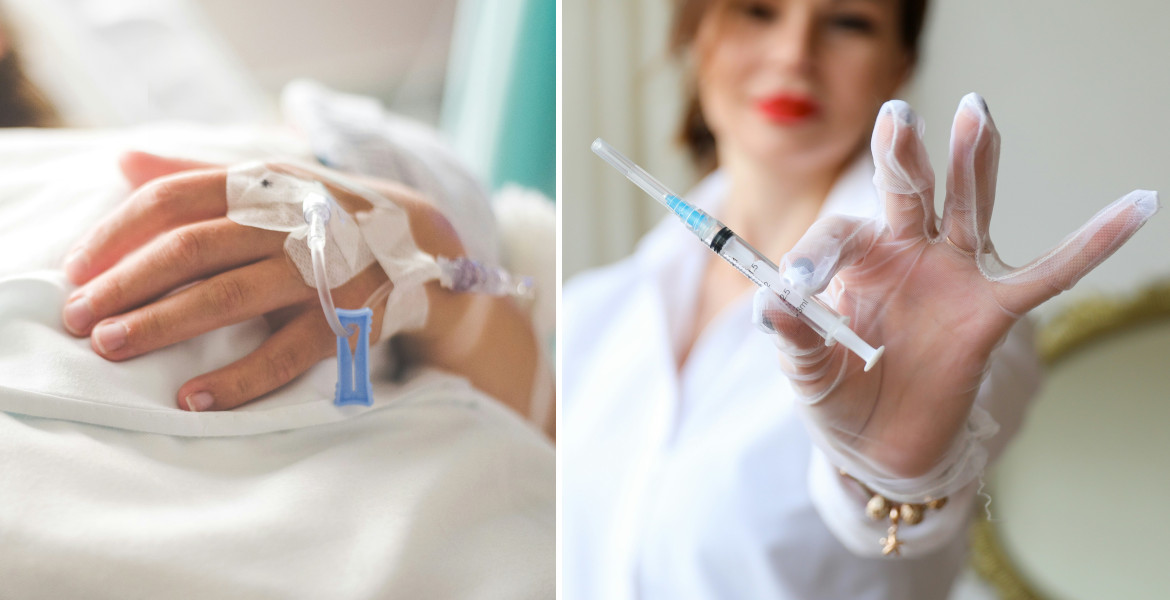Researchers have discovered an antibiotic that is more than 100 times stronger than previously thought – by studying a process that has been known for at least fifty years. The discovery could be a breakthrough in the fight against antibiotic-resistant bacteria.
Antibiotics were discovered in 1928 by Alexander Fleming, but widespread use of the drug only began during World War II. Today, large amounts of antibiotics are used annually worldwide, which has led to higher resistance to the drug.
Antimicrobial resistance (AMR) means that bacteria, viruses, fungi and parasites develop resistance to drugs, including antibiotics. It arises primarily through incorrect and excessive use of antibiotics, and is a problem that is increasing globally. It is therefore considered one of the most serious threats to global health.
Now researchers at the University of Warwick in the UK and Monash University in Australia have made an unexpected discovery while studying how the bacterium Streptomyces coelicolor produces the old antibiotic methylenomycin A. This bacterium has been one of the most studied in antibiotic research since the 1950s.
In simple terms, when cells produce chemical substances, they go through several intermediate stages before the final product is ready – rather like baking, where ingredients are mixed in a certain order. The researchers had the idea of testing these intermediate stages for antimicrobial activity. It turned out that one of them is significantly more powerful than the final product itself.
— Methylenomycin A was originally discovered 50 years ago and while it has been synthesized several times, no-one appears to have tested the synthetic intermediates for antimicrobial activity!, says Professor Greg Challis at the University of Warwick, in a press release.
One hundred times more powerful
This intermediate stage, called pre-methylenomycin C lactone, proved to be a very powerful antibiotic – in fact one hundred times more effective than methylenomycin A against dangerous bacteria. It worked particularly well against bacteria that cause MRSA (methicillin-resistant staphylococcus infection) and VRE (vancomycin-resistant enterococci) – two of healthcare's worst nightmares.
Furthermore, the bacteria appeared to have great difficulty developing resistance to the new antibiotic. The discovery opens up a completely new avenue for antibiotic research, and the researchers have already developed a new method for producing the antibiotic in larger quantities, with preclinical trials as the next step.
— This discovery suggests a new paradigm for antibiotic discovery. By identifying and testing intermediates in the pathways to diverse natural compounds, we may find potent new antibiotics, says Professor Challis.
